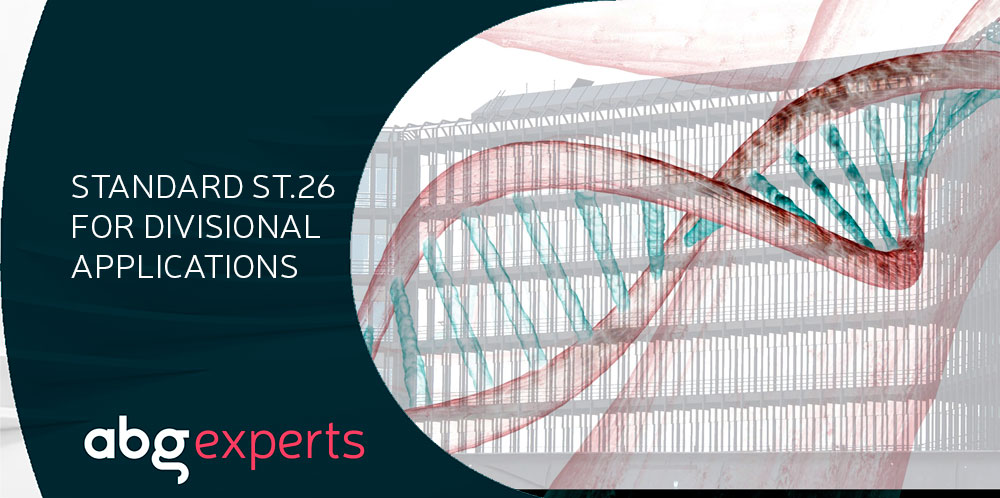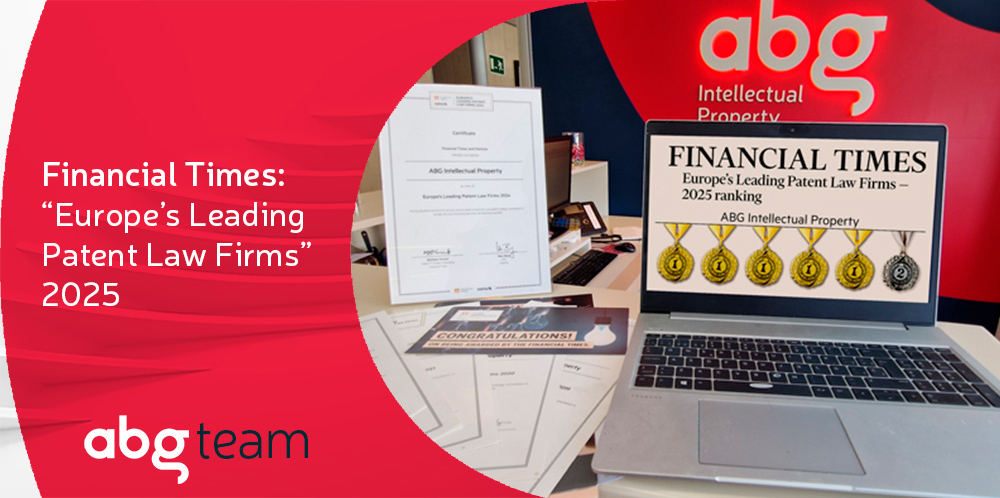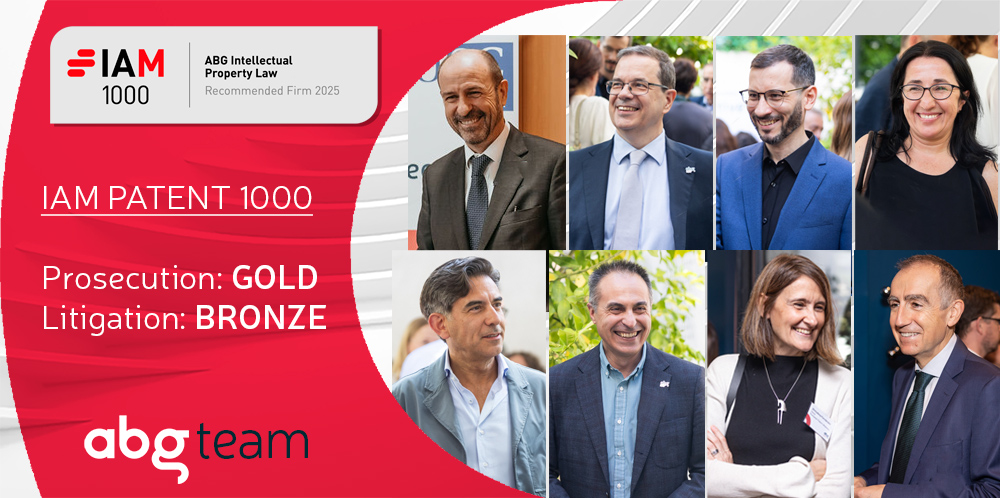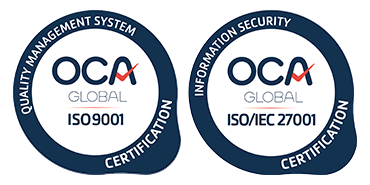Almost a year and a half on from the implementation of Standard ST.26 of the World Intellectual Property Organization (WIPO) for filing the sequence listing, which we discussed in our previous article, the European Patent Office (EPO) has recently issued a note regarding the sequence listing of divisional applications, which can be read in full here and which was officially published on 30 November 2023.
Following the implementation of Standard ST.26, the sequence listing for divisional European applications filed after 1 July 2022 must be filed according to Standard ST.26, even if for the parent application the sequence listing had been submitted in ST.25 format.
ST.26 Standard in divisional applications
The main requirement to be able to file a divisional application is that the subject matter included does not go beyond the content of the parent application as filed (Article 76(1) of the European Patent Convention (EPC)). However, despite the recommendations to use the WIPO Sequence program and strictly follow the conversion guidance provided in Annex VII of Standard ST.26 and on the office’s website, converting the sequence listing in ST.25 format of the parent application into ST.26 format may in some cases mean adding and/or losing subject matter.
To avoid the risk of adding subject matter, the EPO has announced that, as a safeguard, there is now the possibility of filing the ST.25 sequence listing of the parent application in PDF format as part of the divisional application. Alternatively, the divisional application may be filed by reference to the parent application. Thus, applicants are guaranteed that the ST.25 sequence listing that is part of the application does not contain addition of subject matter and does not violate EPC Article 76 (1).
Fees
The pages corresponding to the sequence listing in ST.25 format as a PDF document will be excluded from the page fee calculation for excess of 35 pages of the divisional application if two requirements are met:
- the sequence listing is filed as a separate part of the description in PDF format or is part of the certified copy under EPC Rule 40(3) if the description of the divisional application is replaced by a reference to the main application; and
- the sequence listing provided for the parent application complies with Standard ST.25.
If this safeguard mechanism is used, the sequence listing according to standard ST.26 must also be filed on one’s own initiative or after receiving an invitation from the EPO. If the ST.26 sequence listing is filed before the invitation is issued, the late filing fee will not need to be paid.










